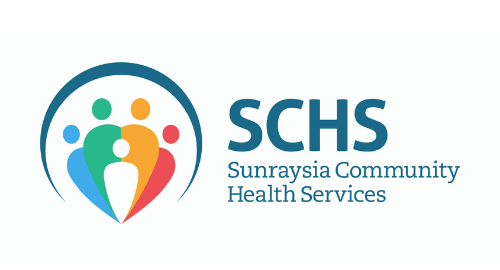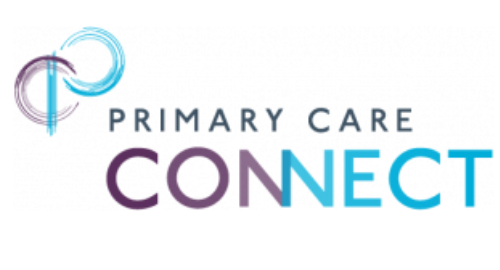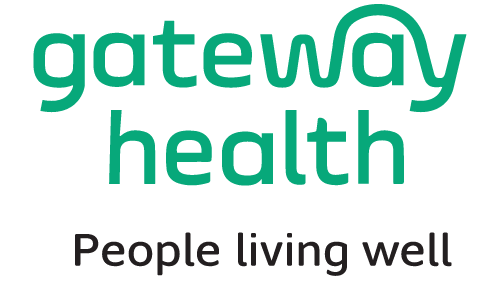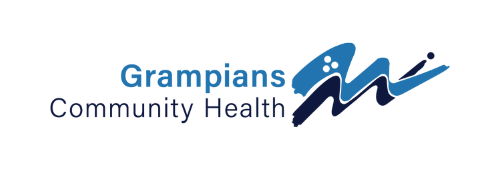CP@clinic
In collaboration between

What is community paramedicine?
In Australia our healthcare system struggles to support an ageing population with high levels of chronic illness, especially in rural areas where there are high levels of healthcare workforce shortages.
One potential solution is community paramedicine. This is a paramedic model of care that is well-established in countries such as Canada and the UK. Community paramedics (CPs) work in the community away from the emergency ambulance setting, to provide primary healthcare, assessment and chronic disease management.
The Australasian College of Paramedicine definition of Community Paramedicine is:
A community paramedic provides person-centred care in a diverse range of settings that address the needs of the community. Their practice may include provision of primary healthcare, health promotion, disease management, clinical assessment and needs-based interventions. They should be integrated with interdisciplinary healthcare teams which aim to improve patient outcomes through education, advocacy and health system navigation.
https://journals.sagepub.com/doi/full/10.1177/27536386221148993
The CP@clinic program
Over a decade ago, the Department of Family Medicine at McMaster University, Canada CP@clinic. Community paramedics, supported by credentialed training and a purpose-built database, conduct free drop-in clinics in community hubs. The paramedics provide chronic disease screening, onward referrals, and health education to low-income older adults with limited access to healthcare.
There are now 20+ partner organisations operating CP@clinic Internationally. CP@clinic has been extensively researched and shown to keep people healthy and connected and to reduce ambulance call-outs by 19-25%. Read the research here.


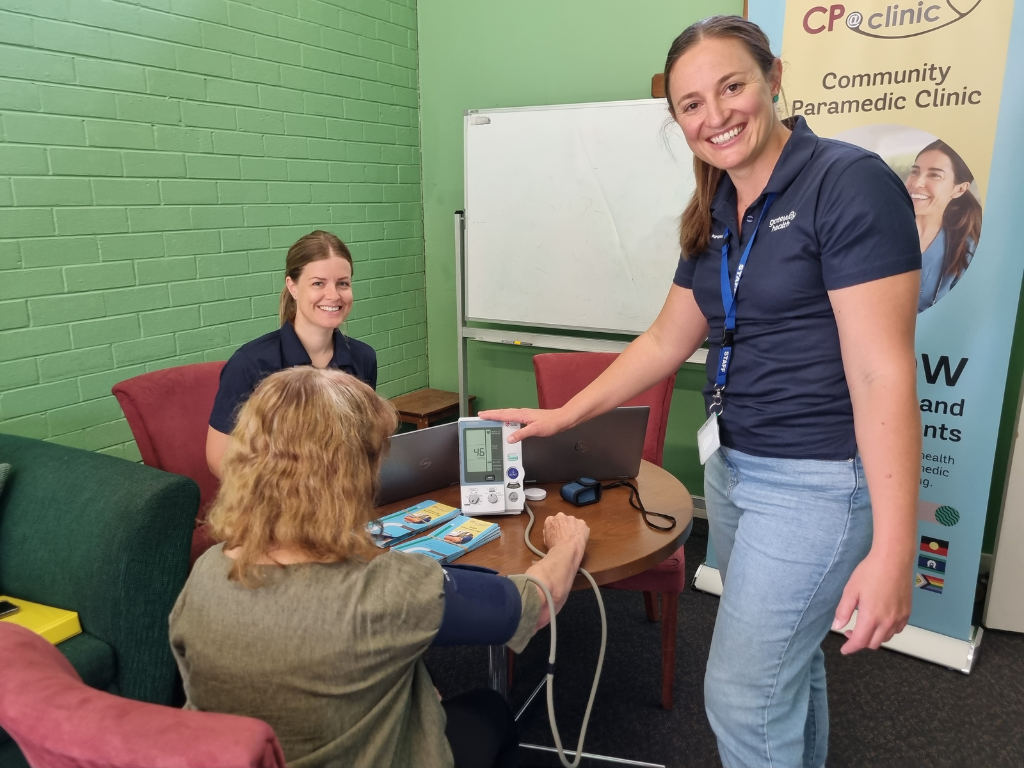

Australian
implementation
CP@clinic is now being implemented in Australia through a collaboration between La Trobe University Rural Health School, Sunraysia Community Health Services and McMaster University Department of Family Medicine.
With the support of a Department of Health Innovative Models of Care (IMOC) grant, CP@clinic will be expanded across rural Victoria.
Over 4 years, we plan to roll out the program to four community health services. We will be evaluating whether CP@clinic in Australia can achieve similar outcomes to Canada in terms of healthcare access, quality of life and chronic condition management. Our secondary aim is to create sustainable paramedic roles and career opportunities beyond the ambulance service.
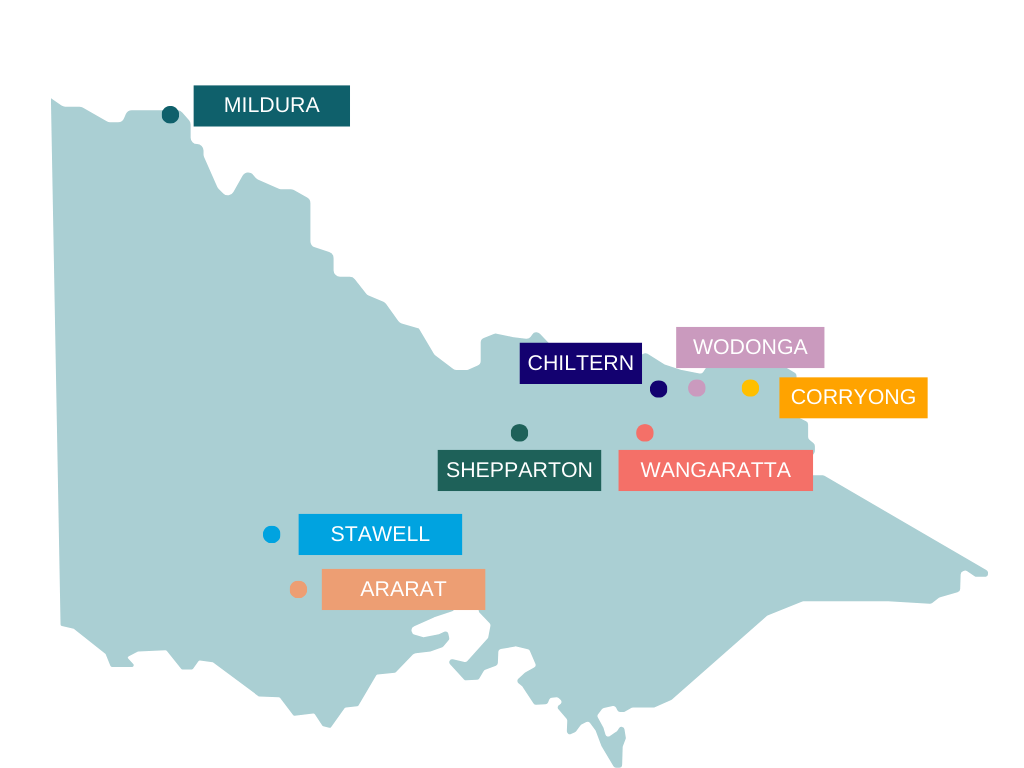

The Community Health Services
Successful pilot - CP@clinic in Mildura
A successful pilot of CP@clinic took place in Mildura in 2022-2023. Over
10 months, the program grew from one clinic and 8 attendees to 5 clinics
servicing 111 people. Most participants were older, had 3 or more chronic
diseases and a high diabetes risk score. Over a third of attendees had no
regular GP. Paramedics and participants were unanimously enthusiastic
about the program, which continues to be well supported by the community.
Benefits of CP@Clinic
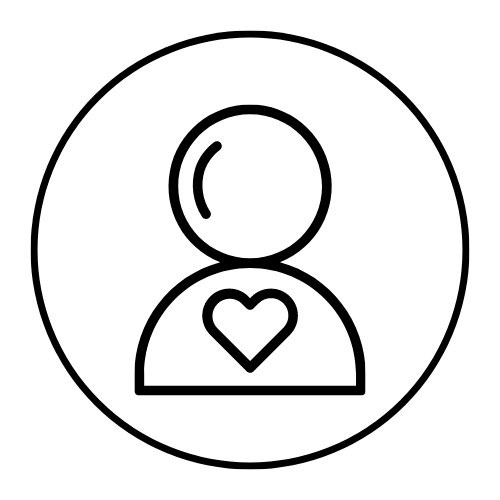

GOOD FOR CLIENTS – By providing a free drop-in service close to home, it reaches clients who cannot afford or easily access healthcare. It has positive effects on chronic disease risk and social isolation.
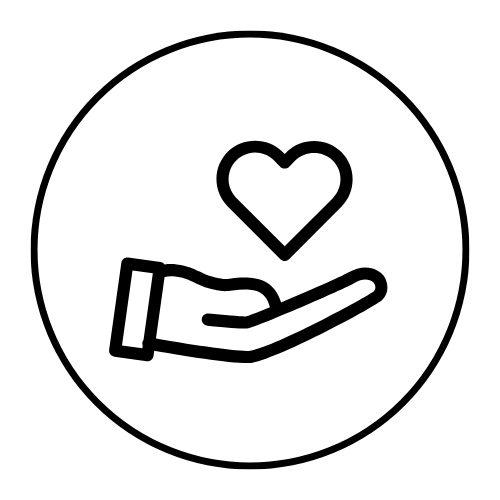

GOOD FOR THE COMMUNITY – Participants are connected to social and community services ranging from food relief to leisure activities. The community hub location encourages participants to socialise with each other and to explore local community resources.
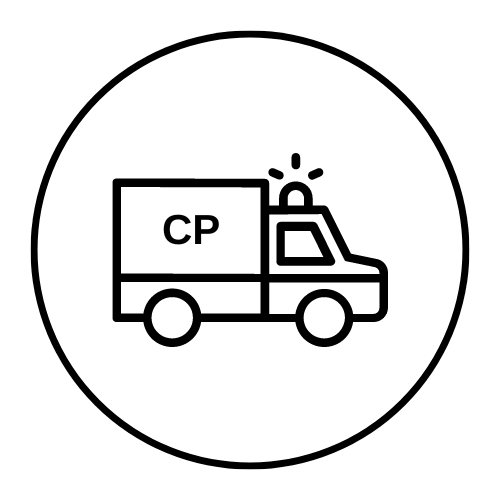

GOOD FOR PARAMEDICS – CP@clinic expands career options for paramedics, offering improved lifework balance and the ability to extend their skills and capabilities. It might even help to boost paramedic retention rates from the current average of 5 years post-graduation.
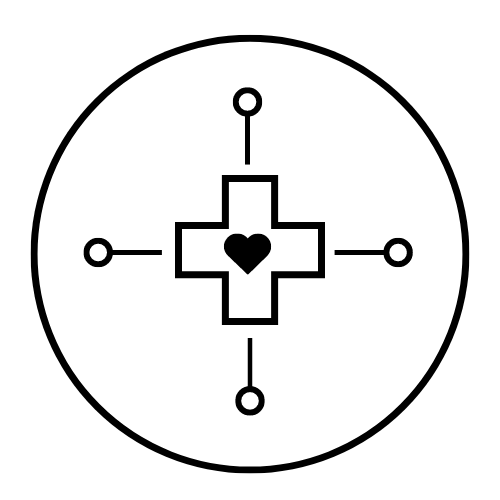

GOOD FOR THE HEALTHCARE SYSTEM – CP@clinic takes pressure off the healthcare system by early identification of risk factors, thus preventing disease escalation and reducing ambulance callouts. CP programs increase interdisciplinary collaboration and make use of an available qualified workforce.
